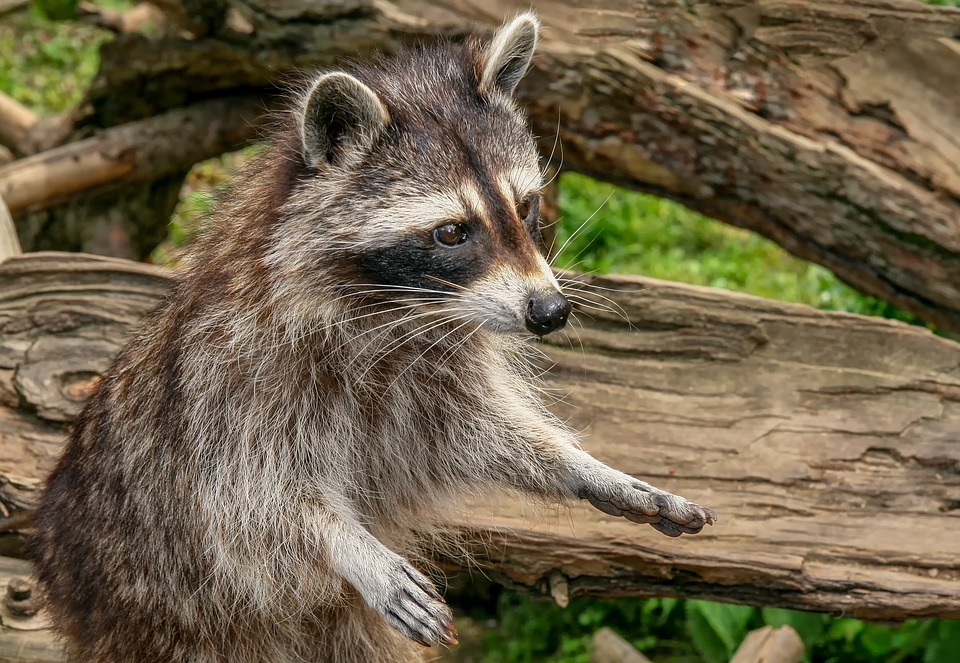Raccoons can be a nuisance when they invade your home or property. They can cause damage, contaminate food, and spread diseases. It’s not uncommon for raccoons to carry many diseases. The most dangerous is rabies. Rabies is a viral disease that can be spread through saliva or blood.
If you have a raccoon problem, it is crucial to take action quickly. This article will discuss the steps that experts follow for raccoon removal.
1. Assessment
The first step is to analyze the situation. It will help determine what type of equipment and removal method is needed. For example, if the raccoon is inside your home, it is essential to decide how it got in and seal up any openings so it can’t get back in.
If the raccoon is outside, you need to find where it gets its regular supply of food and water. You also need to figure out where it is nesting and if there are any babies. Therefore, assessing the situation will help determine what equipment and removal method is needed.
2. Identification
Next, the expert will attempt to identify the source of the problem. It will help them determine the best course of action for removal. For example, it may be necessary to set traps or use other methods to capture the animal in some cases.
If they can identify the source of the problem, they will then work on a plan to remove the raccoon. For example, they may set traps or use other methods to capture the animal.
It may be vital to call in a trapper to remove the raccoon in some situations. In other cases, the expert may be able to handle the problem themselves.
3. Trapping
There are different methods of trapping raccoons, including live cage traps, kill traps and box traps. The type of trap you will use will be based on your personal preferences and the area where the raccoon is located. If you have children or pets at home, choosing a trap that will not harm them is essential.
4. Removal
Some raccoon removal methods used by professionals are explained below:
- Habitat modification: This method makes the place less habitable for raccoons. It involves removing food and water sources, as well as shelter options.
- Fencing: This option is used in combination with other methods because it will not keep raccoons out if there are multiple ways to sneak in.
- Baiting: This is the most common method professionals use to remove raccoons. It involves setting up a trap with bait and then releasing the animal once it has been caught.
5. Prevention
Lastly, the best way to deal with a raccoon problem is to prevent it from happening in the first place. Some solutions by professional pest removal companies are:
- Seal all trash cans
- Keep pet food indoors
- Don’t leave food outdoors
Conclusion
Raccoons are intelligent creatures, and if they find a way to get into your home or property, they will keep coming back. Consulting a specialist is always the best course of action if you have a raccoon problem. By following these tips, you can avoid them altogether.

